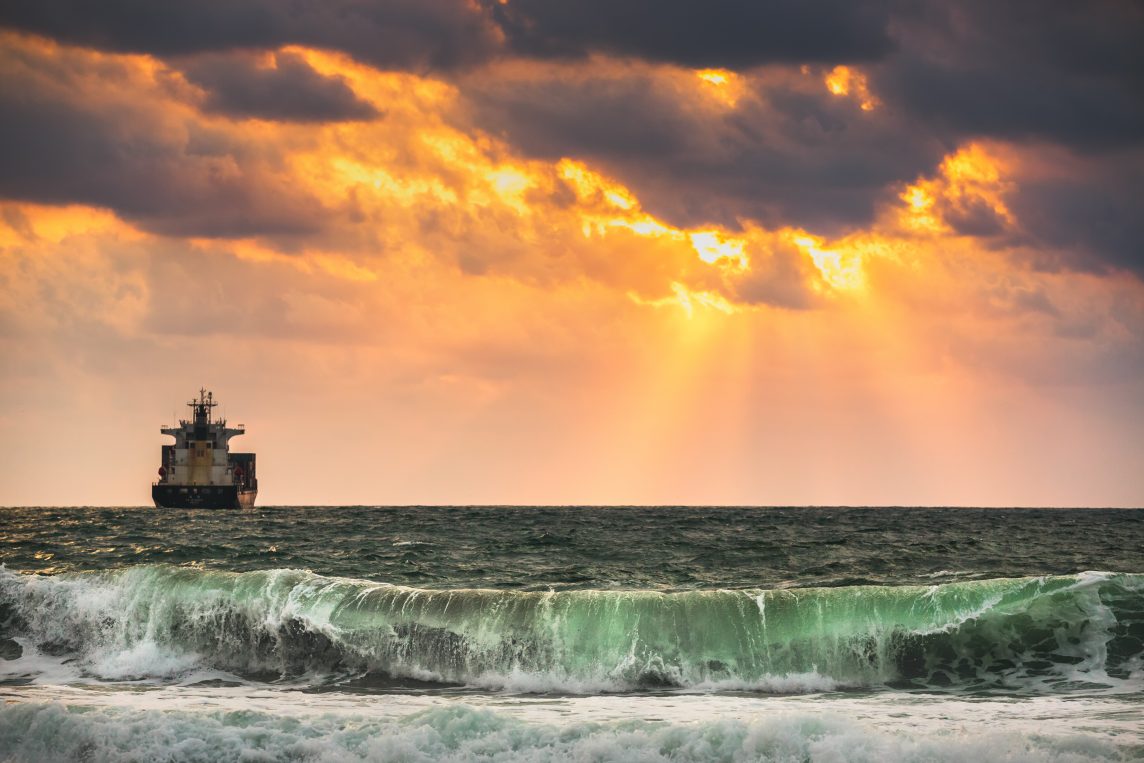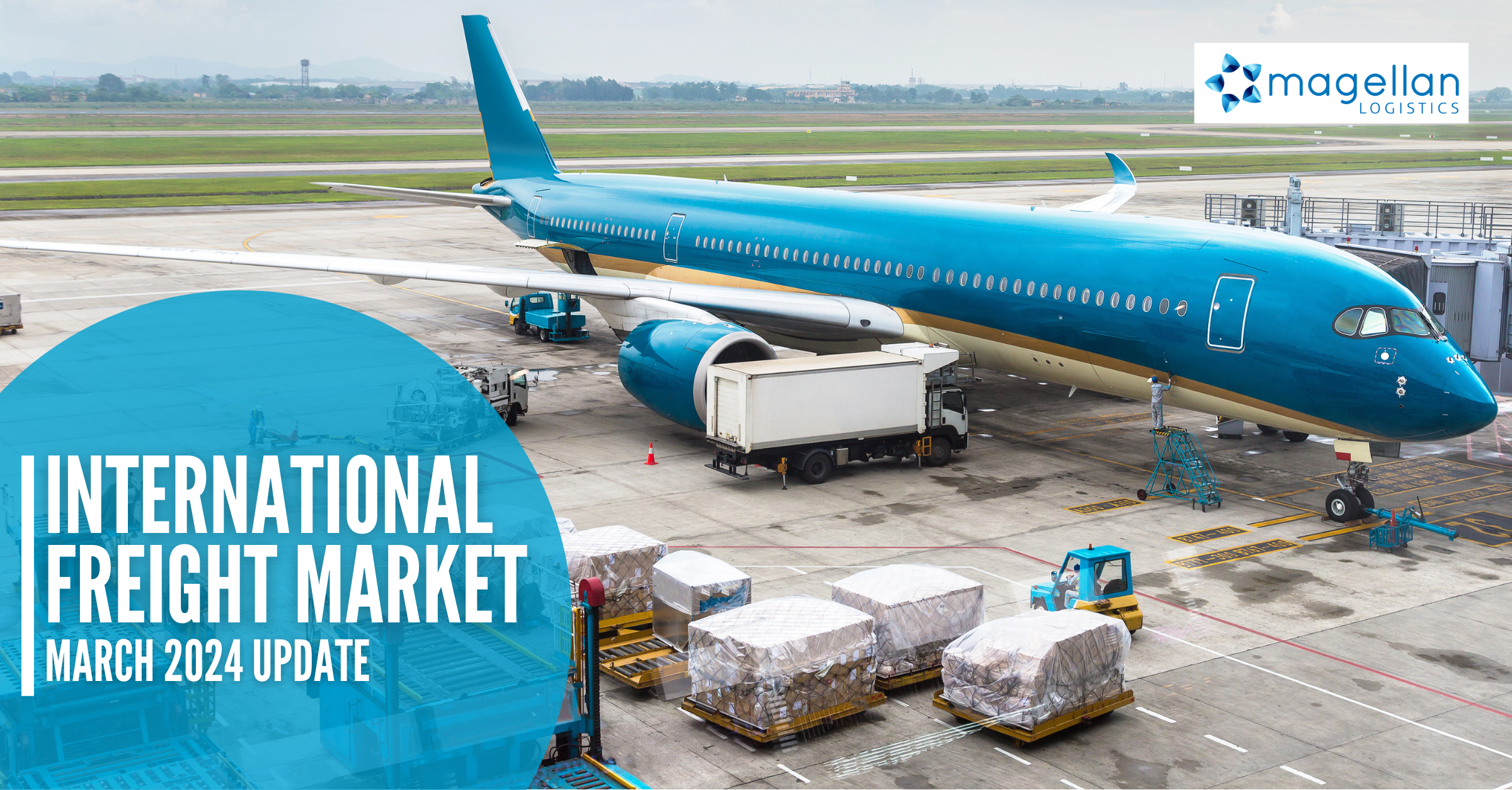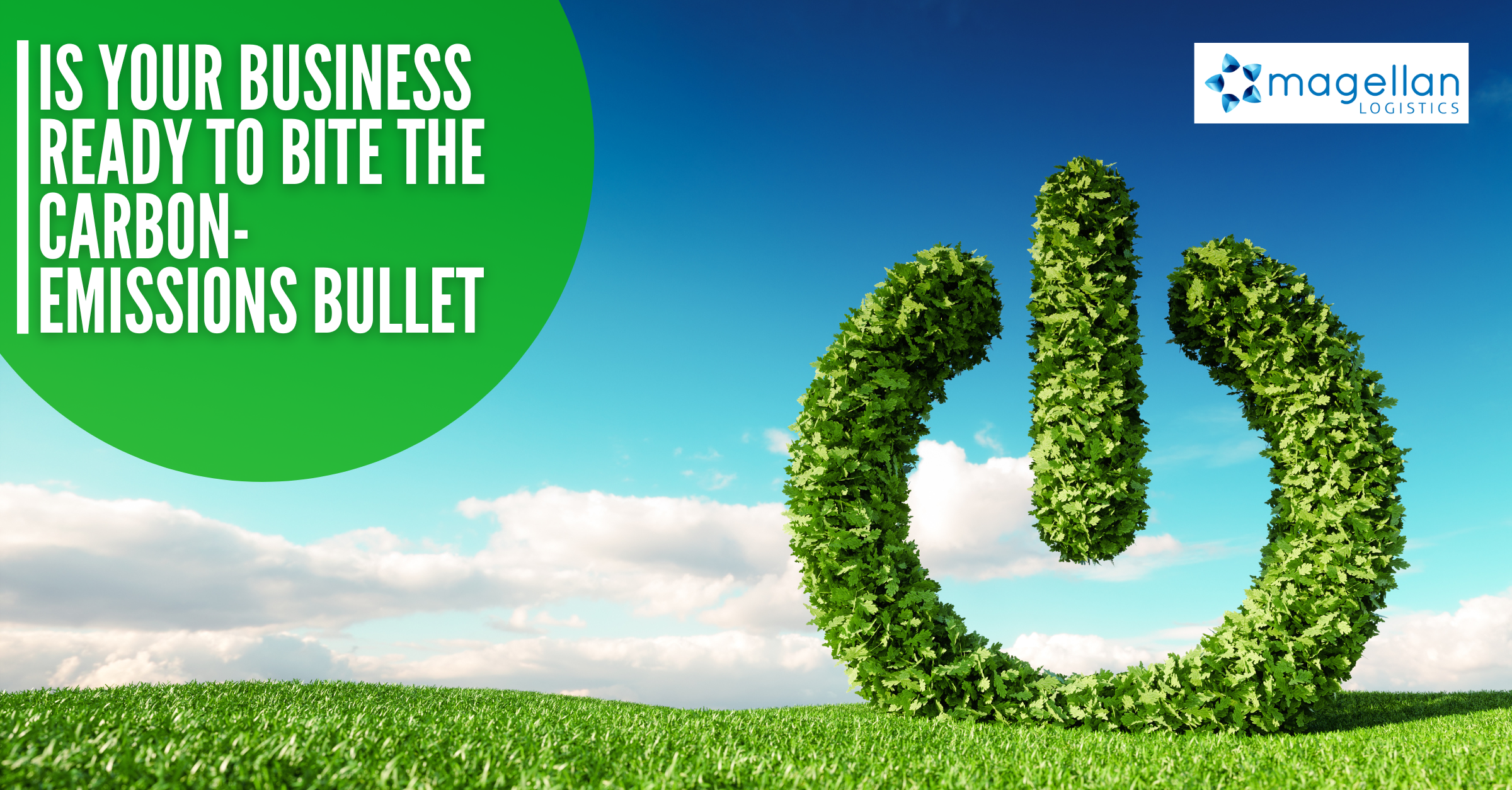In recent months we have written to our clients about the various impacts of the International Maritime Organization’s global sulphur reduction program on shipping from North Asia Ports. As the year rolls on the challenges and implications of the new marine air pollution requirements are becoming more complex. It is apparent that a timely explanation is needed.
______________________________________
The goal of the new marine air pollution regulations due at the beginning of 2020 is to cut sulphur oxide emissions (SOx) by 85% 0.50% m/m (mass by mass), by 1 January 2020. The IMO 2020 Low Sulphur Fuel changes are global and mandatory – and the cost will inevitably flow from sea freight right through the supply chain.
The background to this is that most ships use heavy fuel oil (HFO), which is the dirty, poor quality remains after crude oil has been refined into petrol, diesel, avgas, etc. Burning it creates toxic emissions.
Shipowners and operators have a few options for how they meet the 2020 SOx requirement with existing ships.
- Continue to use HFO, and install exhaust filters called ‘scrubbers’, at a price of approximately US$1 million per vessel. This more challenging than it sounds. There are concerns that for some shipowners the costs will make it uneconomic for them to continue to operate – potentially leading to a capacity shortage
- Use Low Sulphur Fuel (LSF) which is both considerably more expensive than HFO and in short supply
- Introduce a completely new power system, based on cleaner and greener fuels such as ethanol, methanol or, more popularly, liquefied natural gas. When it comes to LNG, use of the fuel requires new port infrastructure and currently, there are only a limited number of ports where supplies are available – and a defined number of suppliers.
Recovering the costs
Whichever method shipowners and operators choose will be costly and will have to be recovered.
Those in the bulk trades face the biggest challenge. There are thousands of small operators and many ships are either too small or too old to justify retro-fitting. Whereas container shipping is dominated by large and powerful players, with the ability to spread investments over large fleets and recover costs directly from customers.
The Australian Peak Shippers Association (APSA) and the Freight & Trade Alliance (FTA) are urging members to contact their shipping/service providers to discuss how costs will be recovered.
The total cost of IMO 2020 to shipping is estimated in the order of US$60 billion, with the container sector accounting for $15 billion of that.
With bunker fuel prices often comprising around half a carrier’s operating costs and carrier profitability in 2018 standing at an average of .5%, a forecast increase of 30% for Low Sulphur Fuel represents a major challenge for the industry. The likely response is an increase to the BAF (Bunker Adjustment Factor), but however it goes, the outcome will be higher shipping costs for everyone.
Meanwhile, the overwhelming issue for the industry is its practical ability to meet the 2020 deadline. Informed estimates are that, at best, only 5% of the world’s merchant fleet (approximately 4,000 of 94,000) will have scrubbers installed by then – meaning, with the exception of those fitted for alternative fuels, the vast majority of ships will have to use LSF to be compliant.
Source: https://www.ftalliance.com.au/data/accrossborder_attachments/30_fta_summer_2018_web.pdf
At Magellan Logistics, we provide a variety of services including digital freight forwarding services, importing goods from China to Australia, licensed customs brokers, shipping forwarders and more! Browse our services today.













